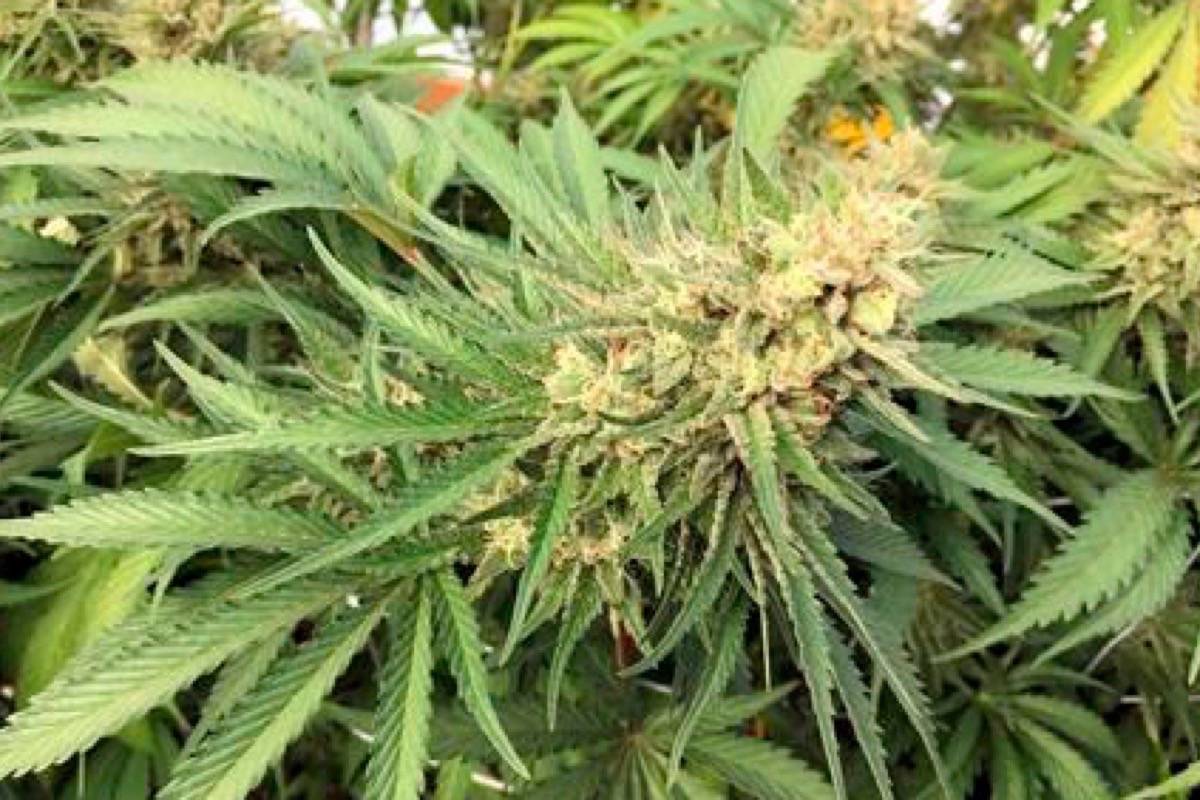There’s little evidence that legalized marijuana poses a threat to public health and safety, and there may be benefits, says a new study from Canadian doctors and researchers.
The report, submitted to the Senate this week, outlines the positive and negative impacts legalization has had in other jurisdictions.
“It hasn’t been a public health disaster or crisis yet, but there are some key areas that we need to watch,” said Rebecca Haines-Saah, a public health specialist at the University of Calgary and one of the report’s authors.
The federal government has promised to legalize recreational marijuana later this year under Bill C-45, which is expected to go to a final vote in the upper house Thursday.
Dr. M.J. Milloy with the B.C. Centre on Substance Use worked on the study and said researchers did not find significant declines in road safety in American states where marijuana had been legalized, but they did find a drop in alcohol sales.
They also found that rates of fatal opioid overdoses went down in some places.
“There is evidence to suggest that when legal cannabis is available, people substitute that for other substances,” he said.
“We are hopeful that we might see some of the same benefits here.”
B.C. declared a public health emergency because of overdose deaths in April 2016. The provincial coroner’s service has said there were more than 1,400 fatal overdoses across B.C. last year.
The Senate report also outlines 28 indicators to watch for as Canada legalizes marijuana, grouped under the themes of public safety, cannabis use trends, other substance use trends, cardiovascular and respiratory health, and mental health and cognition.
The indicators include instances of cannabis-impaired driving, rates of use among youth and the number of marijuana-related calls to poison control centres.
Watching those areas will be key to determining if marijuana policy has been a success, said Haines-Saah.
It’s possible some of the negative indicators will see an uptick, but that doesn’t necessarily mean that legal pot is having a detrimental affect, said Haines-Saah.
She noted that some American jurisdictions have reported increases in cannabis-related calls to poison control centres following legalization.
Those incidents may have been happening previously, too, but parents were too scared to call because the drug was illegal, Haines-Saah said.
It’s important to look at the broad picture instead of specific instances, she said.
“I think we’ll see more people reporting use and harms in the first few years, but that doesn’t mean they’re real harms. It just means that reporting bias has been removed because of the stigma.”
Data about many of the suggested indicators is already being collected by various levels of government, and researchers or statisticians can use that to look at the impact of changes to marijuana policy, Milloy said.
Legalization is a “fundamental change” and decisions about public health need to be informed by scientific evidence, he added
“We really think that closely monitoring and evaluating the possible impact of cannabis legalization on public health is key.”
The Canadian Press



